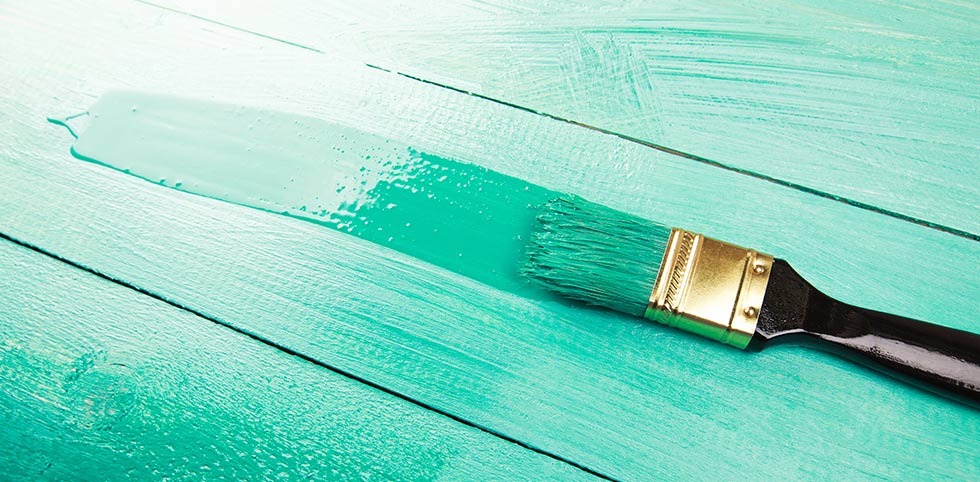Using water based and oil based wood stains

Water based and oil based stains are gaining momentum in consumer preference. Here are some tips for using both:
- In staining wood, be aware of the possible variations in the grain of the wood.
- When asked, each painter will defend his or her preference on how they apply stains. Some use bristle brushes, others a foam pad or a plain old rag. On woods with large, open pores, such as oak, mahogany and ash, increase your pressure to work the stain into the pores. Rubbing or brushing against the direction of the grain will help fill deep pores with stain.
- Oil-based stains are still the most commonly used stains, though the use of water based stains is definitely gaining momentum. Each has its pros and cons. In any case, make sure to stir the can thoroughly before staining, so as to bring any settled dyes and pigments from the bottom, and to achieve consistent and intended stain colour. When working with oil-based stains, always ensure adequate ventilation of the area. To avoid fumes altogether use water based stains. They come in the same colours as the traditional and trendy colours, dry faster and retain their colour longer. Oil based stains on the other hand, penetrate the surface better, and generally protect the wood better than water based stains.
- Berger recommends testing a small piece of the wood to be stained, or a patch in an inconspicuous area that may be hidden, in order to see how the colour looks on that particular surface. This also applies in trying to determine whether to use one or two coats. A test patch in each would allow you to determine your preference before proceeding to do the final application.
- Use a soft brush or cloth to apply an even coat of stain, then wipe with a soft clean cloth to bring out the highlights of the wood. Wipe in a circular motion. The length of time between applying the stain and wiping it off determines the depth of colour. Start to wipe the surface between five to ten minutes after applying the stain. If the stain is too deep in colour after wiping off as much stain as possible, using a little paint thinner on the cloth, as this will help to remove some more of the colour.
- Stains generally provide colour, and are in themselves not finish coats. For this reason, Berger recommends applying a finish over stained wood. What’s great with Berger stains is that both clear bases in an un-tinted state, also serve as finishing coats for stained wood. Berger recommends brushing the clear base in line with the wood grain. Use a higher-quality brush to apply the finish coat. Both Berger water based and oil based clear bases can be tinted in hundreds of other colours.
-
Get Inspiration
-
Make My Plan

Let us design a project plan
to suit your needs.
-
Colour Spectra

Choose from over 1800 original hues.

LOCATE A DEALER
CONTACT US
Note:-
The shades displayed on this website are indicative only and may vary from the actual colours due to variance in monitor calibration and resolution as well as screen settings.


